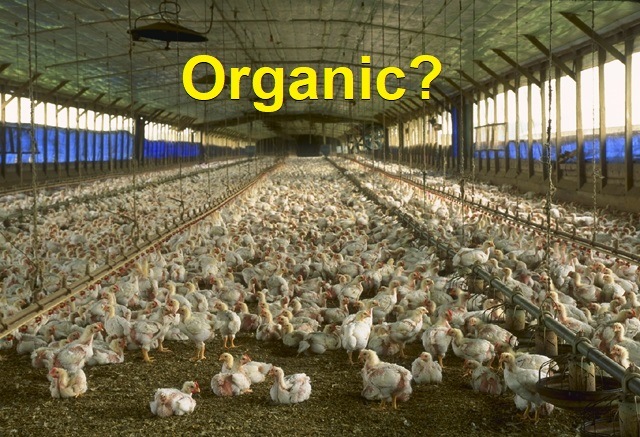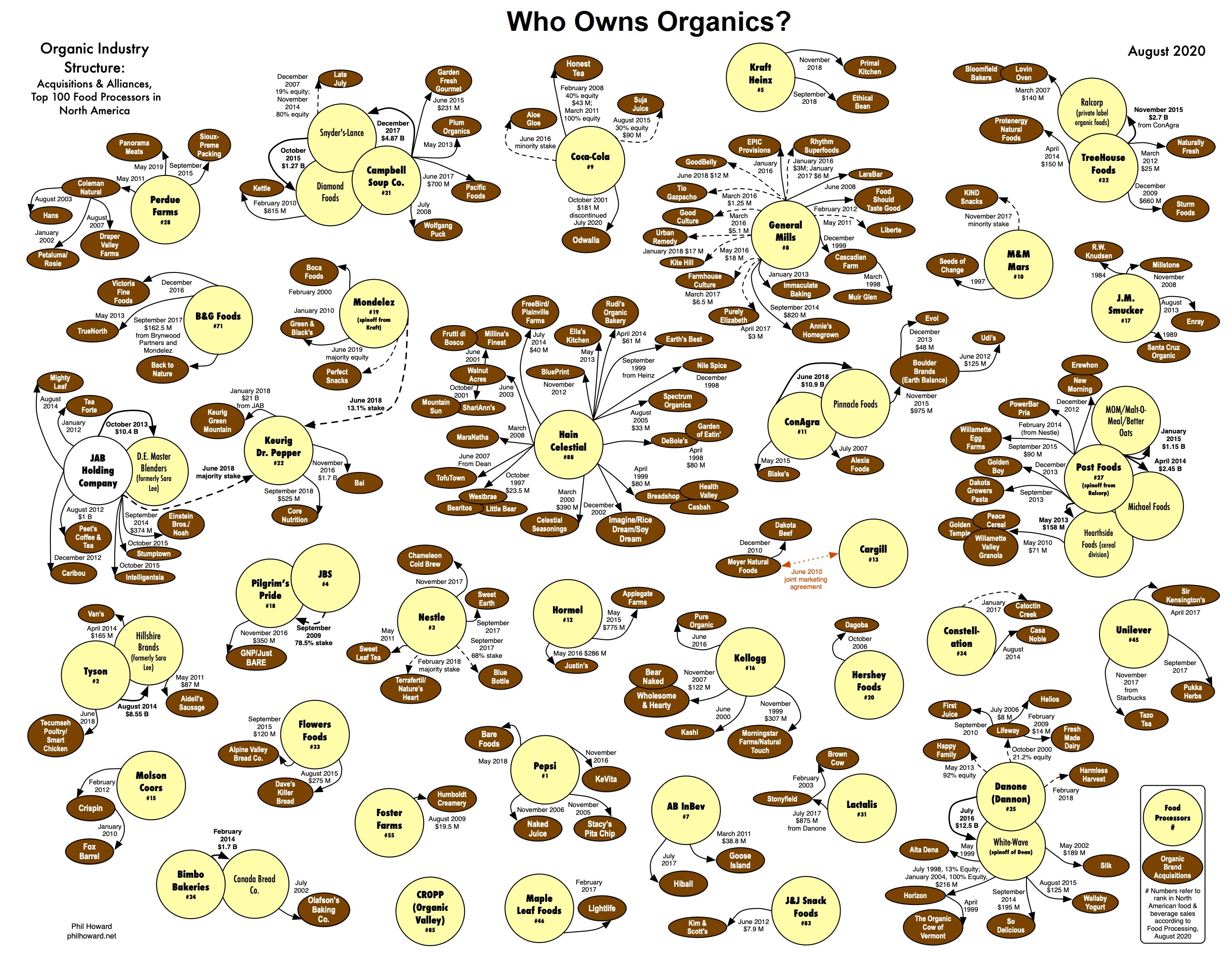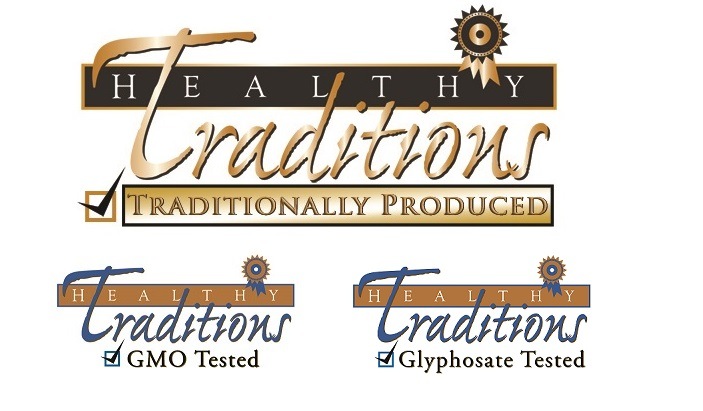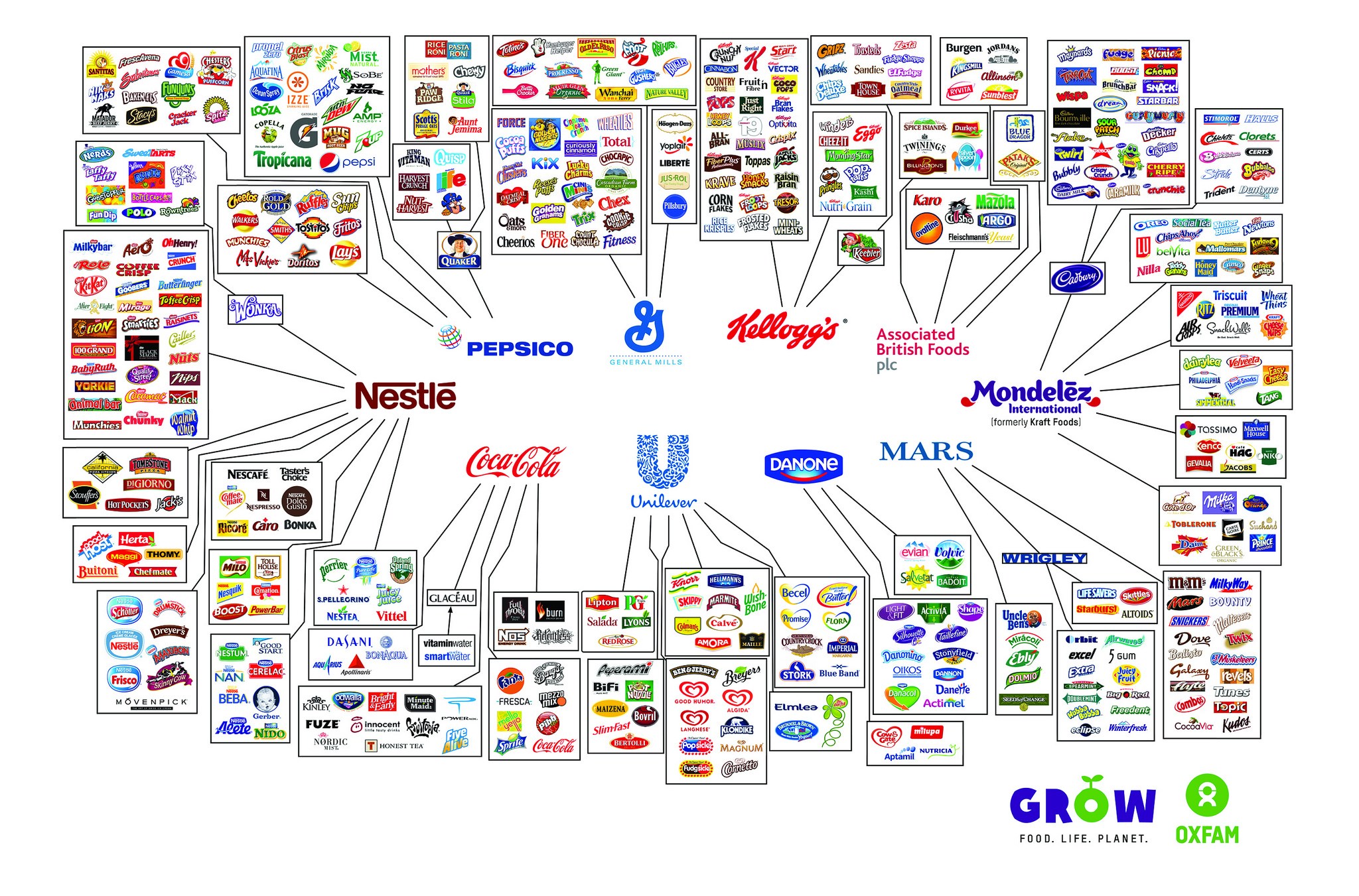Big Food has Taken Over the USDA National Organic Program – Why I am no Longer Importing Certified Organic Food
Sun 3:09 pm +01:00, 25 Aug 2024 1by Brian Shilhavy
Since the United States Department of Agriculture (USDA) developed standards for organic foods to be certified as “organic” by the USDA’s National Organic Program (NOP) in 2002, the quality of organic food sold in the U.S. has been rapidly declining, as the major food corporations that control most of the nation’s food supply have continually applied pressure to the USDA to lower those organic standards so that they could capitalize on consumer demand for “certified organic” food, while still mass producing their food the same way they produce conventional (non-organic) foods.

This is a topic I have covered on Health Impact News for over a decade now. See some of our previous coverage:
USDA Takes Over Organic Program Eroding Organic Standards to Benefit Big Food
Organic Milk No Longer Organic: Factory Farms Take Over Organic Dairy and Drive Small Farms Out of Business
America’s Fraudulent Organics Industry: 40% of All Organic Food Tested Positive for Prohibited Pesticides
We Can No Longer Rely on USDA Organic Standards
Missouri Farmer Who Ran Largest Organic Food Fraud Scheme in U.S. History Takes Own Life Instead of Reporting to Prison
Philip Howard, a member of the International Panel of Experts on Sustainable Food Systems and a professor at Michigan State University, has tracked the takeover of small, organic businesses, by corporate food since 2003, and his latest graphic image showing this consolidation updated in 2020 is the feature image of this article above.
Organic Processing Industry Structure 2020
I put together the first version of this graphic in 2003, approximately a year after the USDAs national organic standard was phased in.
This national standard helped to catalyze scores of acquisitions of pioneering organic brands by larger food processors and venture capitalists.
These trends have only intensified, to the point that nearly all of the 30 largest processors in North America have acquired organic brands. (Full Report.)
My company, Healthy Traditions, stopped certifying our own products as USDA certified organic in 2014, after we learned that most of the certified organic American grains we were selling were all contaminated with the toxic herbicide glyphosate, the active ingredient in RoundUp. See:
ALERT: Certified Organic Food Grown in U.S. Found Contaminated with Glyphosate Herbicide
We then began developing our own standards for food we sold, where we started testing EVERY FOOD we sell in our store for glyphosate, as well as testing any product that has a genetically modified equivalent product approved to be sold in the U.S. market for the presence of GMO DNA.
Our own internal certification program is for “Traditionally Produced” foods.
Unfortunately, things have only become worse here in 2024 for the USDA certified organic program, in terms of consolidating power for the industry for Corporate Big Food.
Until this year, we still sold certified organic products from other suppliers, including some of the food that we import from other countries.
For example, while we no longer pay for the USDA organic certification for our signature product, our Gold Label Virgin Coconut Oil that is made by small-scale producers in the Philippines, we have imported a mass-produced high quality certified organic coconut oil from the Philippines for years.
But in our last shipment from the Philippines that included some of this “organic” coconut oil, the FDA changed the standards for importing certified organic products, and implemented those new standards AFTER our container left Manila.
The new import standards required us, as the importer and handler, to also be certified organic, laying another expensive, bureaucratic layer to the USDA certified organic program that benefits large corporations, while eliminating competition from smaller companies.
It took us weeks to get our shipment out of customs, following calls to our Congressional officials in Washington D.C. to intervene for us.
In another instance, we were importing our Type 00 fine flour from Italy, which was the only place where we could find such a wheat flour that tested clean for glyphosate contamination.
Our supplier in Italy was USDA organic certified, although we never made organic claims for the product ourselves as we sold it, as testing clean from glyphosate was far more important to us.
Earlier this year, however, our supplier informed us that they were now required to list their product as “Certified Organic” on their documentation that is needed to clear customs, which has now prevented us from importing that product as well.
As a result, we are not importing USDA certified organic products any longer, as the additional cost and time, which ultimately has to be passed on the consumers, is not worth it, as it only benefits the U.S. Government and Big Food.
Our own products are produced with much higher standards and are all tested before we sell them to consumer, so this was an easy decision for us to make.
The Food Security Crisis in the U.S. – Know Where You Food Comes From!
Click to expand. Image source.
When the United States was founded back in the 1700s, about 90% of the population was employed in agriculture.
By the time of the Civil War under President Lincoln, that number had fallen to about 50%.
Today, just a handful of companies produce our food, with less than 2% of the population employed in agriculture. (Source.)
In short, we are just one disaster away from our entire food chain collapsing.
To learn how fragile our food chain is, and how consolidated it has become, see this article I published in 2021 by Sam Parker:
Unmasking The Global Food Cartel: Is Massive Starvation and Population Reduction Their Next Move?
If you are among the tens of millions of people in the U.S. who rely on grocery store chains to purchase your food, and have never considered what you would do if the shelves of those stores went bare, then it is time you change your thinking and buying habits when it comes to food.
REAL food, produced by traditional, sustainable standards without an over-reliance on technology, is hard work.
Before the “Industrial Age” and the rise of “technology” after World War II, there were no such things as “grocery stores.”
Most communities had a dairy farm where the farmer would deliver milk and other dairy products directly to consumers’ homes. The local town would usually have a butcher where meat was butchered from local farms, and then dried and cured.
There were usually open-air markets, the precursors to today’s “farmers markets”, where other goods and products were sold.
There was no such thing as a one-stop-buy-everything-you-need place like grocery stores back then. It required a lot more work and a lot more time to search out and purchase the food one needed for their household before the days of mass urbanization, but everyone knew the local vendors and producers, and if someone started producing and selling poor food, everyone knew it, and someone else who produced better quality would eventually enter the local market and start selling and potentially take market share away from the bad producers.
In many places around the world today, especially in non-Western countries, this is still the main system in place for food distribution outside of the major cities.
In many of these poorer countries, such as most of Latin America and Africa, and many countries in Asia and the Middle East, there are still countries that have almost 50% of their population producing food for the other 50% where the food chain is not so consolidated by multi-national corporations.
In a global food chain collapse, these countries are going to survive much better than developed, technology-dependent Western countries like the U.S.
So now is the time for everyone to start looking at finding or starting local food distribution groups.
When the REAL organic movement got started in the U.S. during the 1970s and the rise of the “hippie” counter-culture movement that did more than just attend Rock Music concerts and get high on drugs, many food co-ops were started in local communities.
Most of the cooperatives still exist today, even if they have evolved into mostly grocery stores getting a lot of their food from the same suppliers that the national food chains do. But most of them also still supply food produced locally.
There is a good directory here listing many of these food co-ops, started by Canadian Jon Steinman who has written a book about food cooperatives.
Go to your local farmers markets to meet other local producers, but please be aware that Big Food also knows how popular farmers markets have become to the public, and sometimes farmers market’s stands are just another marketing branch of your local multinational corporate farm.
Ask specific questions of the farmers, especially about how they produce their products. Avoid the catch-all question that so many farmers market consumers ask: “Are your products organic”?
They all know how to answer that question, and their answers will be mostly meaningless, and as I wrote above, the USDA organic standards don’t really mean much today anyway.
There are also some online vendors selling direct-from-farm products, including my store, Healthy Traditions, which I have operated for over 22 years now.
We still have some openings for Resellers and Distributors to invest in this business. See:
Healthy Traditions Offers Up to a 20% Return on a $1000 Investment and Up to a 30% Return for $5000 Investment to Become Resellers of Long-term Storable Food Tested for GMOs and other Toxins
But I do not know how much longer we will be able to continue offering this program to new groups, because when the system breaks down and the supply chains collapse, we will no longer take on new clients.
This already happened once before, in 2020 during the lock-downs. There was a rush nationwide on products in grocery store chains (toilet paper was the first thing to go, showing the mindset of the modern American consumer), and many people flocked online to make purchases.
We had to suspend all our discounts, and refuse any new Reseller accounts for wholesale purchase, just to be able to continue supplying products to our existing customers.
So not only CAN this happen, it already DID happen back in 2020. The most likely scenario in the near-term future is a cyber-pandemic that completely disrupts the supply chains, which could happen at any moment now, and be far worse than anything we saw back in 2020.
NOW is the time for you to put some time into researching options to your local grocery store, before the day comes where you have NO options left to find food, and are dependent upon a corrupt government to feed you, probably through local FEMA camps.
Disclaimer: I am the Editor of Health Impact News and the owner of Healthy Traditions and I do profit from anything you purchase in my online store (it’s how I earn my living.)
Related:
Daily Mail Shows How Easy it is to Cripple America via a Cyber Attack Almost Ensuring that it Will Happen






















Fortunately I have access to a French family-owned organic supermarket chain and they don’t sell anything that doesn’t come from local suppliers.